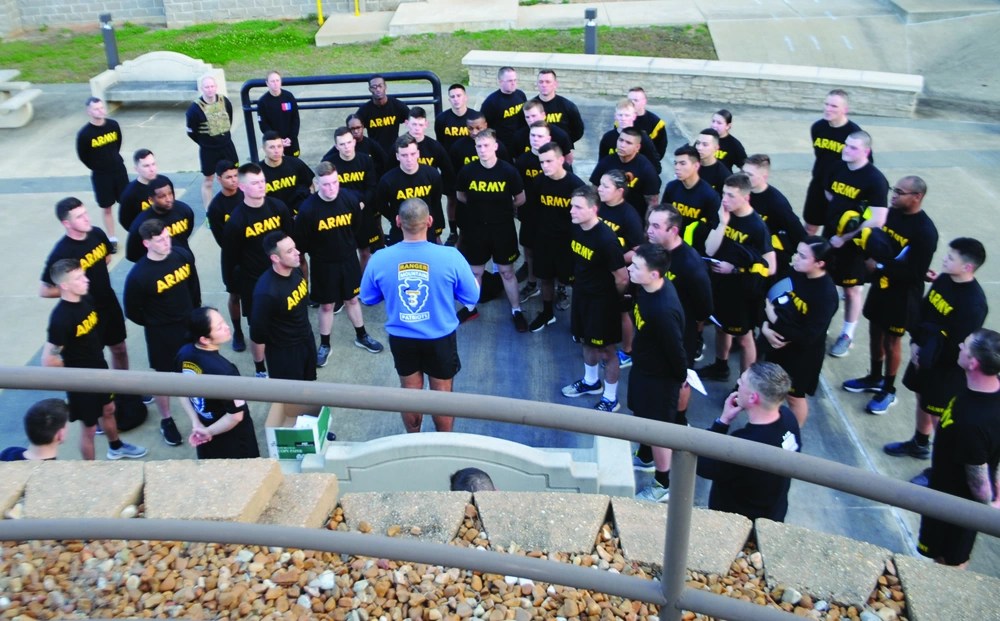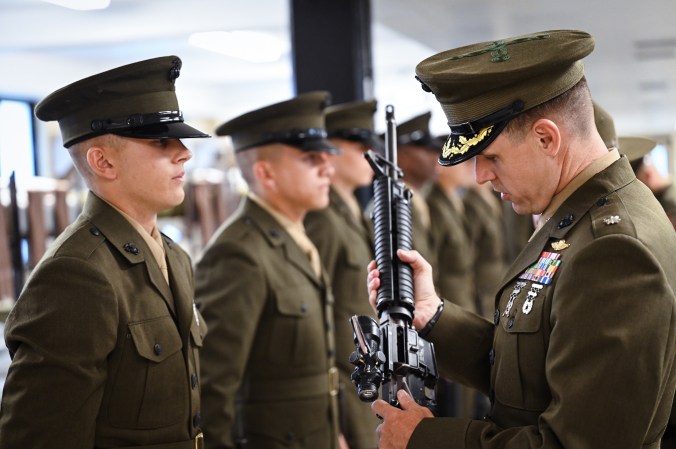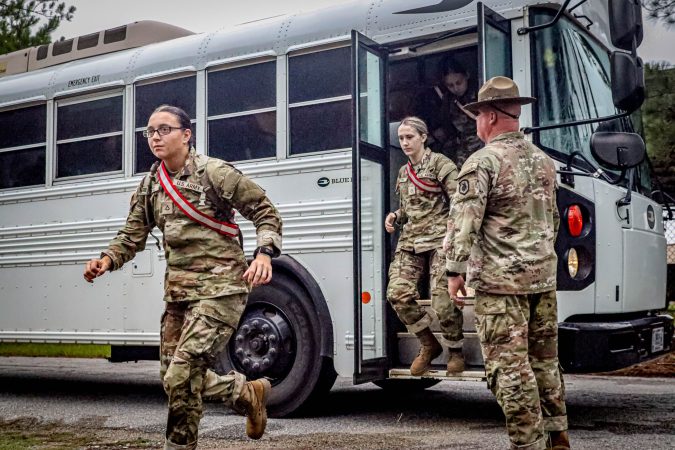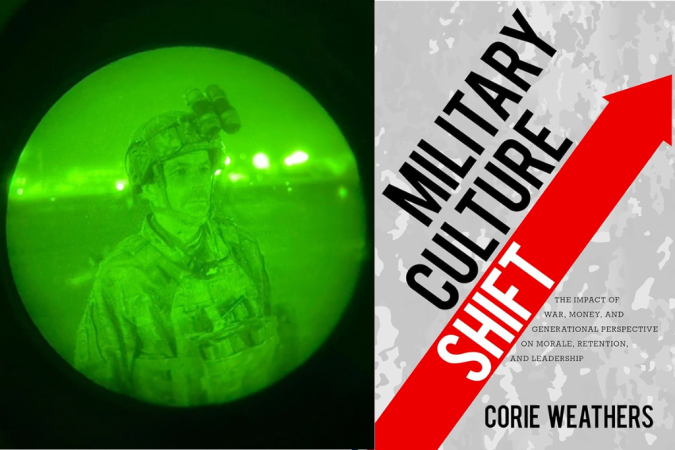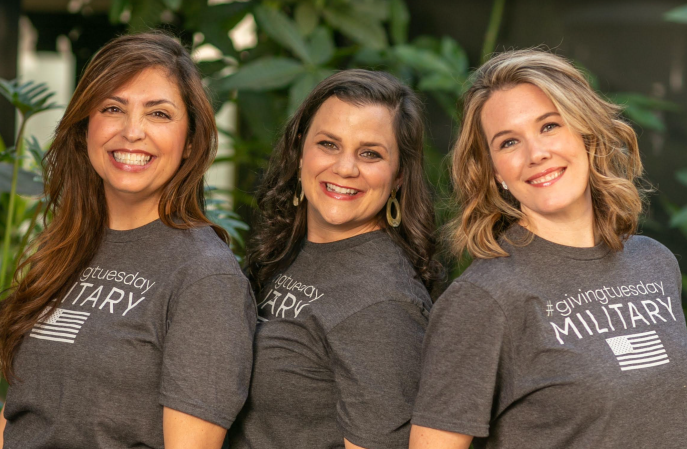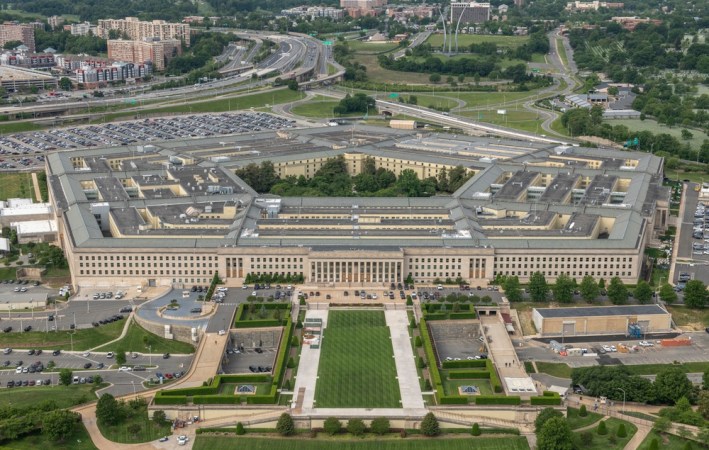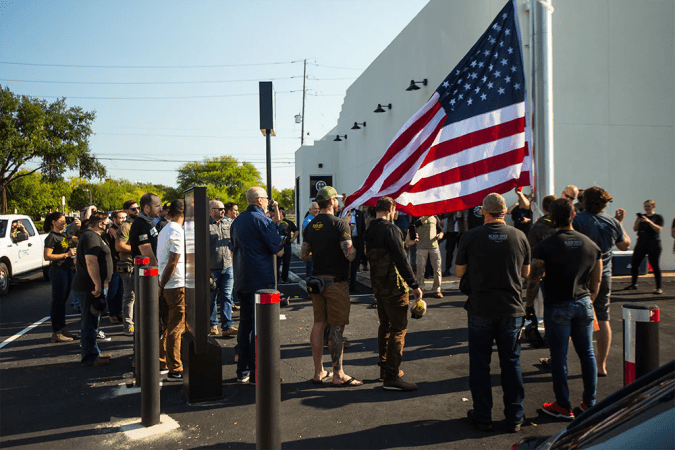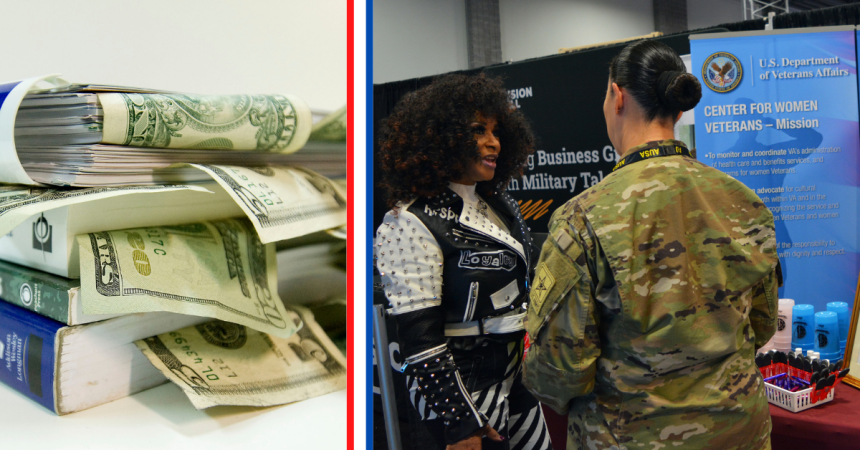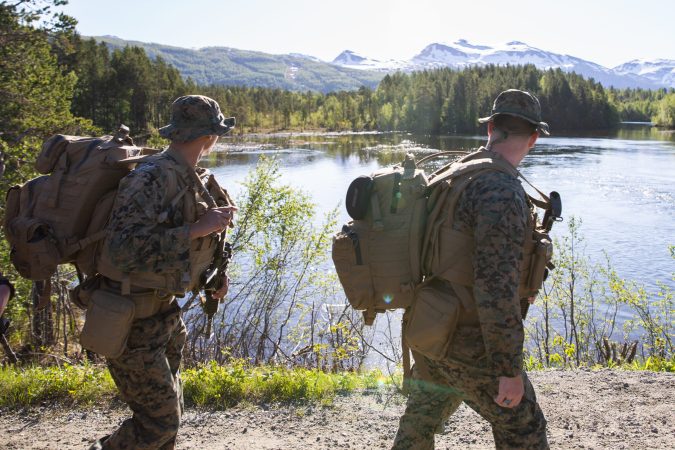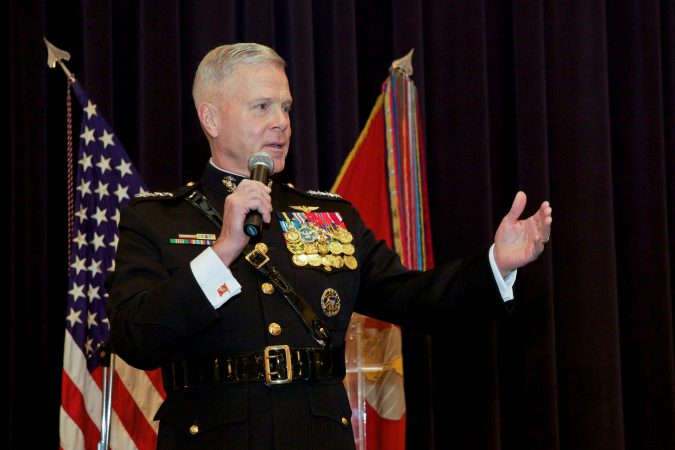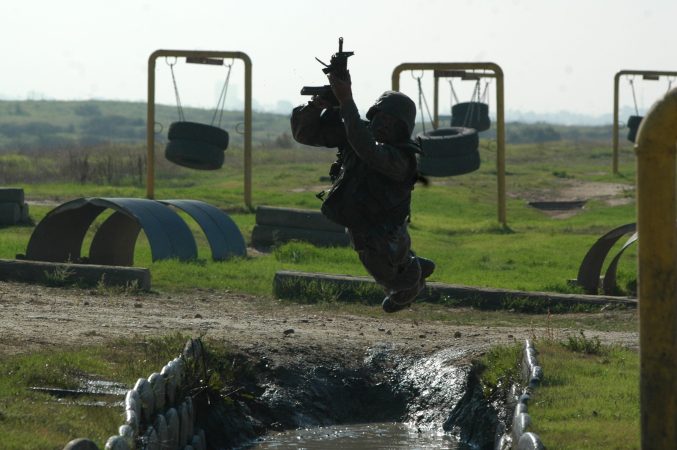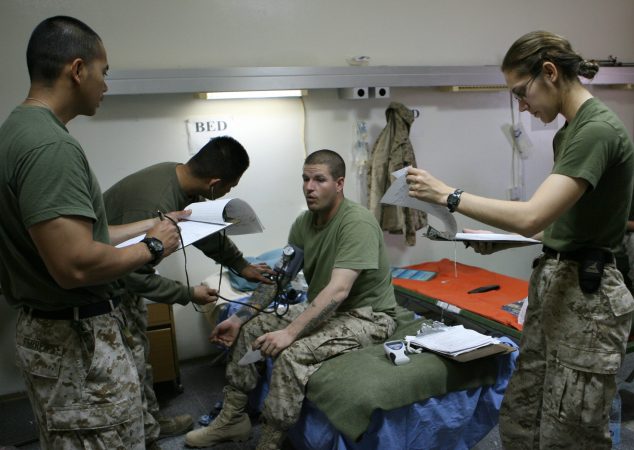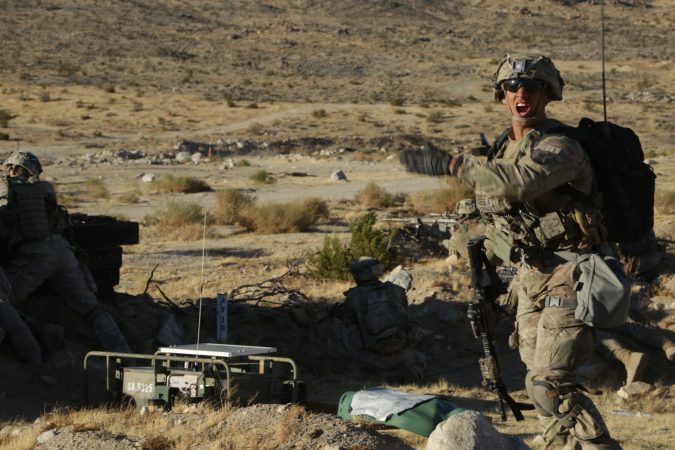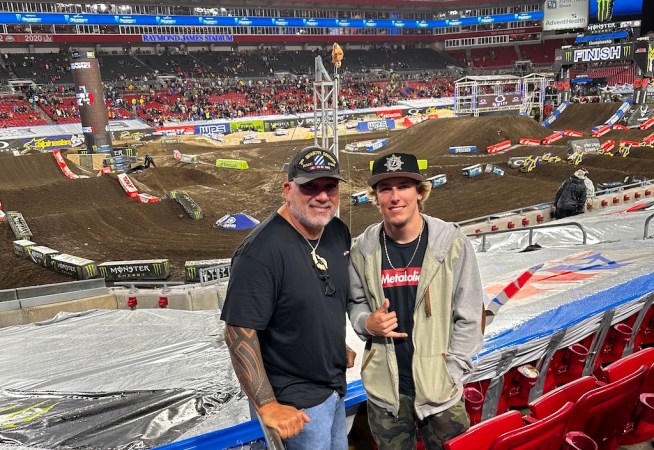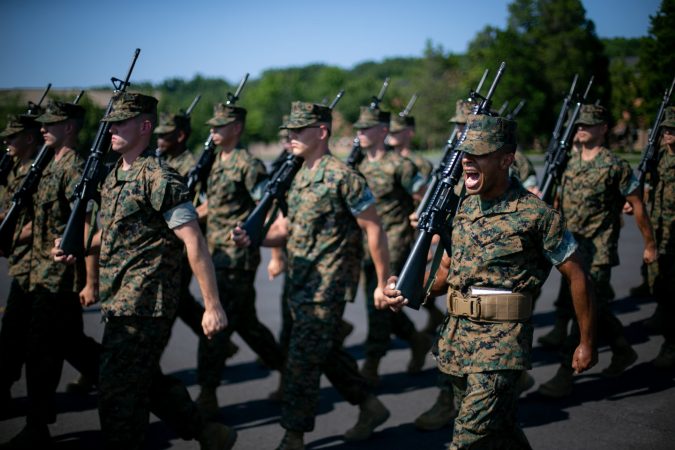Small unit leaders such as fire team leaders and squad leaders have tremendous influence within an organization. They have the potential to greatly impact the effectiveness and morale of a unit. It is common to attain this responsibility early in one’s military career. For example, someone who enters the Marine Corps at age 18 can find themselves as a fire team leader (in charge of a four-man team) by age 20, and a squad leader (in charge of a 13-man squad) by age 22. Learning how to be a good leader requires humility and setting the example.
Listed below are 5 effective practices for a small unit leader:
1. Chow issue

Few people really enjoy MREs (Meals-Ready-to-Eat), but making the most of a situation, everyone does have their favorite. When it comes time to draw and issue chow, an effective leader will do so with as much fairness as possible. The technique to do so entails the leader not looking at which MRE he gives to his people or takes for himself.
A leader who rifles through the box to find the coveted Chili Mac (good ole #10) displays selfishness. He shows his unit that he looks out for himself before those under his charge. An “anonymous issue” can be executed by either blindly reaching into a box and handing them out one by one, or placing them on the ground, blank side up and having everyone grab one. This ensures every member has the same odds of getting a “good” or “bad” menu. Bottom line: it is a simple way to display selflessness.
2. Reveille
Get up before your people, always. It may be anywhere from 15 minutes to an hour prior, but get up before your people. This practice is put in effect when living in communal environments such as the field or a training camp. When the lights come on or reveille is sounded, your folks see you already dressed, shaved and stowing away your gear.
This gives you the opportunity to supervise their execution of the basic daily routine. It has the added benefit of a few minutes of quiet time to yourself before the bustle of morning activity. You will get to know your people well by watching how they take care of their gear as they get up. Your folks will see that you are always ready, and it instills a preparedness mindset as the baseline for conduct.
3. Working party

Working parties and work details are constant. A good small unit leader pitches in and works alongside their guys. You don’t just send your folks to fill sandbags. You grab your e-tool and get dirty with them. This simple act conveys volumes. You are communicating that hardship is shared, leaders are not a privileged class, and tasks (even undesirable, mundane ones) can be done without complaining. There is an old leadership maxim that dictates, “Never something of your men that you do not require of yourself.” This practice demonstrates humility, teamwork and mission accomplishment.
4. Boot
It’s common to refer to new guys or junior personnel as “boot.” It is a condescending phrase highlighting the fact they haven’t been out of boot camp long and are rookies. This is unnecessary, belittling and does little to foster mentorship. This is not to say young troopers need to be coddled. They should be trained hard and ruthlessly held to standard, but this can be done in a manner that causes them to want to be like you and to gain your professional approval. Instead of addressing his personnel as boot, a good small unit leader will refer to them as brother.
5. Camaraderie
Webster’s Dictionary defines camaraderie as, “a spirit of friendly good-fellowship.” In the military, your unit becomes your family. Shared hardship produces bonds that remain long after leaving the service. Military duties require spending a tremendous amount of time together. On deployment, all of your time is spent together. A good small unit leader will spend time with the guys off-duty as well.
Building camaraderie and cohesion requires both personal and professional relationships. There is a measure of caution in becoming “drinking buddies” with the men you lead, but it need not be such a chasm between you that you can’t do things together on liberty. Spending time together both on and off duty is paramount to establishing those familial bonds in a small unit. It also gives the leader an opportunity to showcase good conduct and responsible boundaries countering a prevalent narrative of drunken, reckless conduct.
Becoming a small unit leader early in your military career can be daunting. It requires maturity, technical proficiency, and tactical application. While developing an effective leadership style that suits both your organization and personal disposition, employing the 5 practices listed above will go a long way toward being an effective and respected leader.


